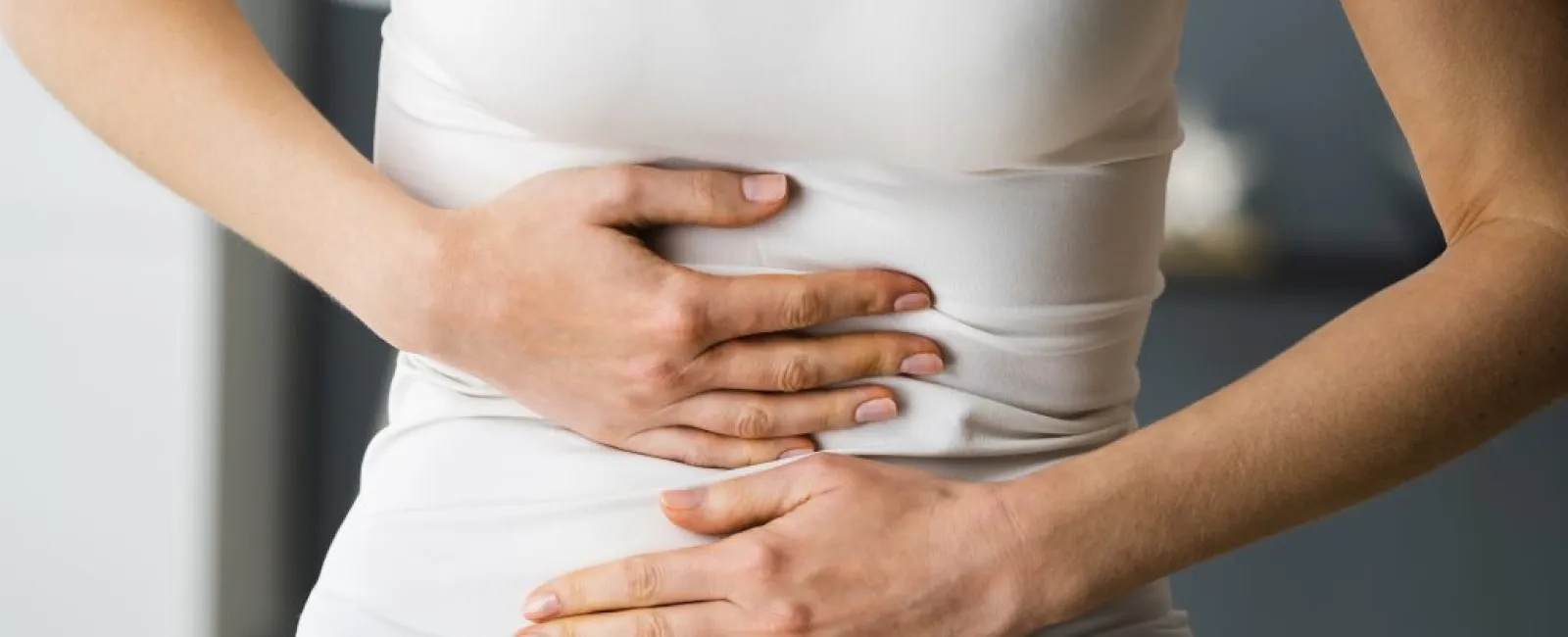Fecal incontinence — also known as accidental bowel leakage, bowel incontinence, or encopresis (when it occurs in children) — is a condition where you pass stool or mucus accidentally through your anus. This condition can range from mild (occasional accidents) to severe (complete loss of control of the bowels).
It’s likely a more common condition than most people think, but that doesn’t make it any less uncomfortable or embarrassing to live with. That said, being aware of treatment plans and exercises and having an open line of communication with your doctor can help patients see minimal or no effects on their quality of life.
The Two Types of Fecal Incontinence
Two main types of fecal incontinence exist.
If you suffer from urge incontinence, you have the strong urge to have a bowel movement and cannot get to a toilet before it happens. This could be because your pelvic muscles are too weak to hold back a bowel movement and might be due to nerve damage or an injury.
When you have leakage without knowing it’s happening, however, this is considered passive incontinence. This is caused by your body not being able to detect that your rectum is full.
How Common is Fecal Incontinence?
It is estimated that one-in-three adults will experience fecal incontinence at some point in their lives. While it’s most common in elderly people, it affects people of all ages, even those who are healthy and young.
The following warning signs can help you identify whether you might have an incontinence problem:
- Diarrhea
- Constipation
- Bloating
- Gas
You might also be at higher risk of experiencing fecal incontinence due to past injuries or conditions. Some of the things that can cause fecal incontinence are:
- Muscle damage. Injury to the rectum or sphincter can make it difficult for muscles to hold back bowel movements. This can happen during childbirth if forceps are used or if the childbirth is episiotomy.
- Nerve damage. Injury to the nerves that sense stool can lead to incontinence. This can also occur during childbirth. What else can cause nerve damage? Straining too much during bowel movements, incurring a spinal cord injury, or having a stroke. Diseases such as diabetes or multiple sclerosis can also lead to this.
- Chronic constipation. Chronic constipation is the formation of hard stool. Once stool has formed, watery stool forces itself around the hard stool, resulting in fecal incontinence.
- Stool leakage hemorrhoids. Hemorrhoids are a condition that causes the veins in your rectum to become swollen. When this happens, your rectum can’t fully close, causing fecal incontinence.
- Complications or injuries, surgery, or childbirth. This can damage the nerves of your rectum or the muscles in your pelvic floor.
- Rectal prolapse. This condition can permanently damage nerves in the rectal sphincter. The longer this persists, the less likely chance there is of managing fecal incontinence.
- Loss of storage space in the rectum. If your rectum has been injured, developed scar tissue or you have inflammatory bowel disease, it might lose the ability to stretch.
- Rectocele. This happens when the rectum protrudes through the vagina and can cause fecal incontinence.
A good diet can go a long way in preventing fecal incontinence. You also want to avoid straining during bowel movements as much as possible. Between dietary changes, exercise, and talking with your doctor, there are steps you can take to mitigate the effects of fecal incontinence.
Bowel Incontinence Exercises
Bowel trainingis great for fecal incontinence. These exercises — called Kegels — strengthen muscles in the pelvic floor, allowing for more control of the rectum.
Kegels are as simple as they can be effective: tighten your sphincter as if you were stopping a bowel movement and hold that for ten seconds. Once you have done that, relax for the next ten seconds. Doing those ten times a day can go a long way in managing fecal incontinence.
You can do these exercises any time throughout the day; they don’t require any specific position so you can do them while standing, sitting, or laying down.
If you’ve had surgery for incontinence, you should wait three weeks to begin these exercises. You should expect to notice results in six-twelve weeks after starting these exercises.
Fecal Incontinence Products
The most-used fecal incontinence products are pads or diapers. However, there are other products for people who have more severe fecal incontinence, such as anal inserts and fecal collection devices.
For most, fecal incontinence is a manageable condition. If you are ready to talk to someone about your fecal incontinence, contact us at Advanced Gynecology today!
